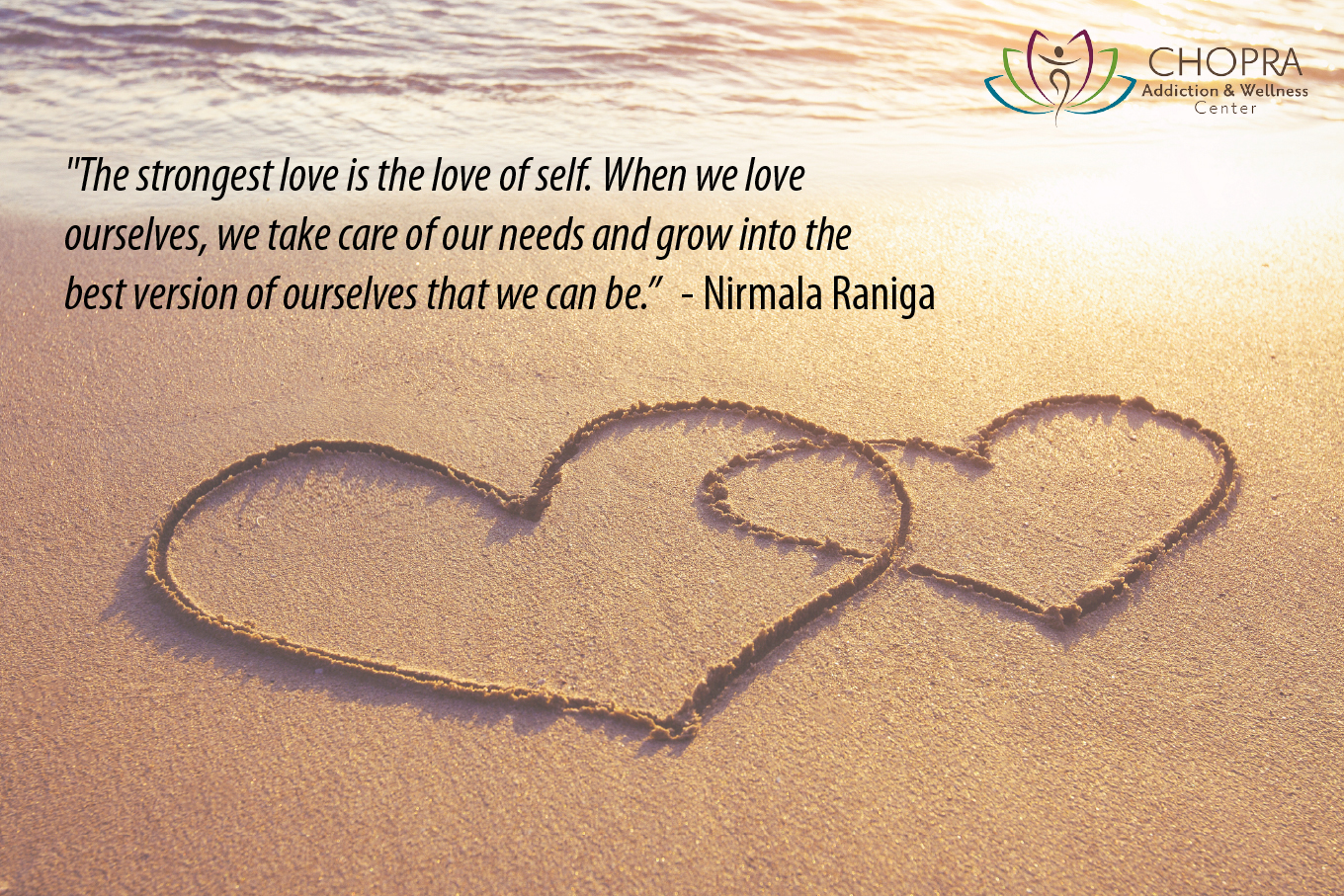Valentine's Day

Valentine’s Day is considered a romantic holiday, filled with images of loving couples in seemingly perfect relationships having the time of their lives. However, those images are not accurate depictions of reality. Real romantic relationships are not always blissful, and some people are not involved at all in romantic relationships on Valentine’s Day.
Annual holidays are, in part, opportunities for commercial success. Companies market products and services to us and as consumers, we have the choice to participate in this system. Marketing is designed to create a perceived need in consumers, which must then be satisfied, whether or not that need actually exists. We are increasingly subjected to advertisements for jewelry, flowers, candy, vacations, expensive dinners, and all things associated with romance as a way to increase sales. None of this is real and, in most cases, even necessary.
What happens during this time of year is that we begin to feel isolated and lonely, particularly for those of us who are not involved in romantic relationships, or who feel their current relationship does not meet such heightened romantic standards. Valentine’s Day can make us feel as though our relationships are not satisfying, or that our romantic partners simply do not measure up to what love is all about.
Elaborate gifts, cards, and romantic getaways are not true measures of love. Real love is shown through sharing, compassion, forgiveness, listening, and being there. Moreover, real love doesn’t need to come from someone else. The strongest love is the love of self. When we love ourselves, we take care of our needs and grow into the best version of ourselves that we can be. We can show ourselves all the acts of love we expect from another person. We can listen to our intuition and nurture our own passions, for example. Or we can practice self-forgiveness and compassion, which enable us to forgive and be compassionate toward others.
We can also be generous, not only with ourselves, but also with others. Holidays such as Valentine’s Day teach us to expect generosity rather than to offer it. Yet, even if we are not involved in romantic relationships, we can still find ways to be generous. We can treat ourselves to an afternoon at a spa and perhaps invite a good friend to join us. Or, we can consider those in the community who could use our companionship. Spending time with those who may not have visitors or who need our help is a wonderful way to share joy with those who would truly benefit.
For those who are with loved ones on Valentine’s Day, we can keep the holiday in perspective. We can consider what we really love about the other person and how best to nurture our relationship. As we think about what type of gift to buy, for instance, instead of purchasing something that will only provide short-term satisfaction, finding ways to share an experience would be more meaningful. Exploring a new hiking trail, going to a concert, or trying a new recipe to cook together are all wonderful ways to reconnect and share love.
Valentine’s Day, like many other holidays throughout the year, is just one day, despite all the preparation we experience in the media and stores. Rather than anticipating the day with feelings of dread (as many people who find themselves alone on Valentine’s Day can do) or as something that requires great effort (as couples can do when they are trying to meet an unreal ideal), we can look at the holiday as an opportunity to examine what real love means and how we can cultivate and share more love in our lives.
Happy Valentine’s Day!
